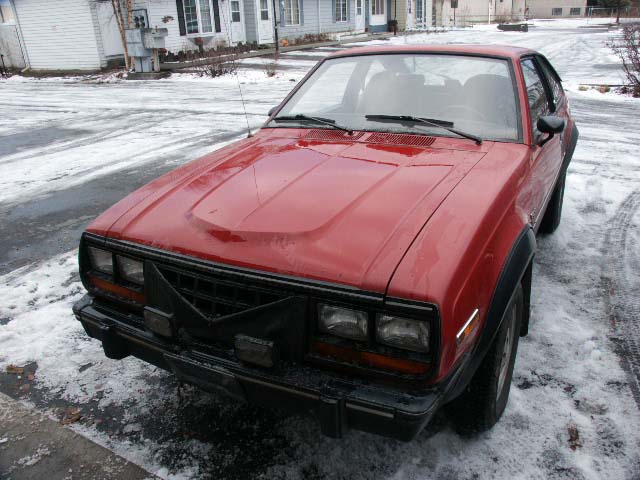
Quick, what’s the worst year in American automotive history?
Recent bias might lead you to select 2008, when an unprecedented modern financial crisis slammed the overall economy and led to a government bailout of GM and Chrysler (those carmakers received $80 billion after taking a 40 percent nosedive in sales and having some 3 million jobs at risk). But the near-death experience yielded vehicles and automakers more closely aligned to consumers’ needs and desires.
Arguments could be made that 1929 proved far worse, as the stock market crash and the Great Depression that followed drove many automakers out of business. But that period also yielded some of the finest cars ever produced, ones with names like Marmon, Duesenberg, Pierce-Arrow, Stutz, and many others. Or perhaps it was 1957, when the last of the independent automakers, Nash and Hudson, disappeared from the market, and Packard was gasping its final breath as a poorly disguised Studebaker, a company that would disappear a decade later.
No, it's 1980. With the arrival of the second OPEC Oil Embargo the year before, a recession took hold of the country. Sales of US-made cars came in at 6.58 million units, down 20 percent from 1979, as import automakers claimed a 26.1 percent market share, up from 21.2 percent in 1979. Ford lost a record $1.5 billion as domestic sales plunged 33 percent and worldwide sales declined 29 percent. Chrysler, having lost $2 billion in the past year and a half, was in such bad shape that banks wouldn’t lend it money. Instead, Congress did, providing a $1.5 billion loan guaranteed by the federal government. Even General Motors was hit by a $763 million loss, the company’s first since 1921.
But bad numbers alone don’t earn 1980 the title of 'Worst Automotive Year Ever.' Having to engineer cars with new technology for the first time in decades, the Big Three struggled to meet the unprecedented demand for small fuel-efficient cars. And in the face of profits and market share declining, Detroit responded by, frankly, fielding some of the worst cars it has ever produced.
Why did it come to this? In short, the bean counters triumphed—though, of course, the full picture is a touch more complicated than that. To truly grasp the rock bottom that US automakers hit in 1980, you need to rewind a few years earlier and understand the global trends these titans of industry were simply unequipped to handle.
First, though, you can see the proof by looking at the pudding: consider the legendarily woeful cars of 1980 themselves.
A gallery of 1980 malaise
1981 AMC Eagle
As its Concord and Spirit models aged, and its all-new Pacer flopped thanks to its unusual fishbowl styling, funds for new vehicle development dwindled. Like too many American cars of this era, American Motors Corporation gussied up its aging hardware to create something new. AMC took its Concord and Spirit models, added a new Quadra-Trac four-wheel drive system (although a Selec-Trac part-time system was optional in 1981), and renamed them AMC Eagles. Powered by AMC’s venerable, if wheezy, 4.2-liter straight-six and offered in coupe, sedan, and wagon models, these cars resembled a Concord or Spirit standing on its toes.
In the end, their familiar looks were now a decade old and looking older by the day. The added capability failed to excite enough buyers. The charade fooled no one. Dwindling sales and revenue drove AMC into a merger with French automaker Renault.
1981 Cadillac Seville
While its novel bustleback styling was quickly copied by Ford and Chrysler, its engine—the L62 6.0-liter V-8—was not. The V-8’s Computer Command Module used a variety of inputs to determine whether to deactivate two or four cylinders by disengaging the appropriate rocker arms. Unfortunately, the microprocessors couldn’t react fast enough as driving conditions changed, causing the car to hesitate, buck, and stall. Many dealers disabled the system on customer cars, leaving those vehicles permanently in V8 mode.
GM ultimately pulled the engine after a single year, but not before massive damage to Cadillac’s image as “the Standard of the World.” A novel approach to fuel economy at the time, cylinder deactivation reappeared as the redesigned and far-more-reliable Active Fuel Management—though it took nearly two decades before reappearing in GM’s 2005 mid-sized SUVs.
reader comments
458